(Get free painting tips and plein air painting techniques sent straight to your inbox or on my social media.)
Whether you are painting landscapes, still lifes, or portraits, eighty percent of the realism in your painting comes from just one thing. So if you are struggling making your paintings look real, this might help you.
How To Paint Realism – Accurate Values
It was an eye-opener for me when learning how to paint realism to discover how important values are. Did you know that 80% of the realism in painting comes from choosing the correct value for each shape and not on how accurately you matched the color? I found that poor values account for most of the reasons why students paintings do not look “real.”
Tip 1: Practice your value scales
So if you want to learn how to paint realism, you need to work on your values. A good way to start is to build a value scale, which is a series of color spots of gradually increasing value. Common value scales are the three, four, five, and nine value scales. As you get more advanced, you can use more values.
If you want to quickly learn how to add realism in your work, I would suggest your start with practicing a four-value scale. The four values are black, white, light grey and dark grey.
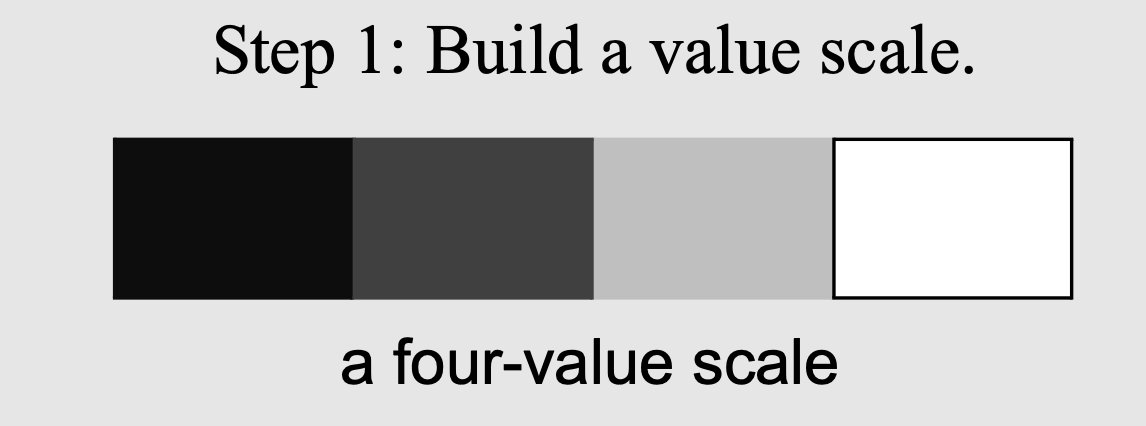
Once you have your value scale, use it as a basis for keeping different shapes in your painting within these values.
Tip 2: Do a small painting in black, white, and grey
In “Big Sur Morning”, a painting I did just a couple of years after I started painting full time professionally, I was trying to capture the moody atmosphere that you get on the Big Sur coast when the fog rolls in.
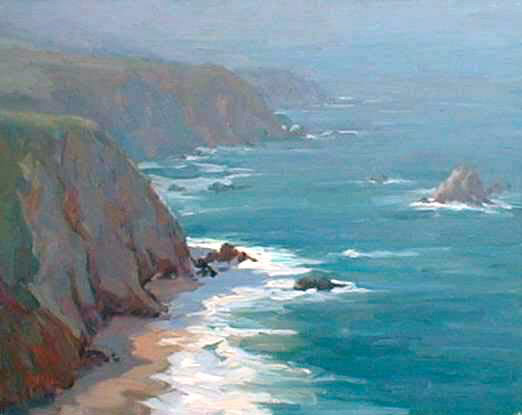
Getting the values correct is critically important when using atmospheric perspective to create depth, and capture the realism in painting.
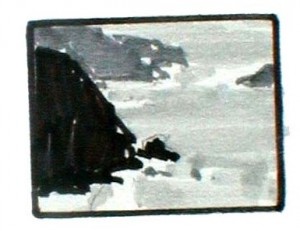
This is the small painting I created using only the four values, in preparation for the final painting. You can see that even though it is only in four values, this small painting has captured the scene, and only took a few minutes to paint using brush pens.
Each of the successive planes of cliffs get lighter in value to give the feeling of depth in the landscape. I discovered this tip for how to paint realism and its role in atmospheric perspective early on. It was this discovery of the role of values in atmospheric perspective that helped make the final painting work and win a top award in the Carmel Plein Air Art Festival many years ago.
Definition Of Realism In Art
Realism is the accurate and detailed depiction of nature or of contemporary life. It is an attempt to represent subject matter truthfully, without any deliberate change for reasons of style, creating some fiction, or showing the supernatural. Realism in art is based on a close observation of the outward appearances of things.
History Of Realism In Art
Historically realism refers to various art currents and movements throughout history. The term has been used to describe diverse artistic currents from many different civilizations. These include ancient Hellenistic Greek sculptures which accurately portray boxers and old women, the works of 17th-century painters such as Caravaggio, and the Dutch genre painters. Later realists were the Spanish painters Diego Velázquez, and Francisco de Zurbarán, followed by mid nineteenth century French painters such as Gustav Courbet and Jean-François Millet. These French artists painted subjects from everyday life in a naturalistic manner. Later artists such as Winslow Homer and Thomas Eakins also painted realistic subjects and continued the tradition.
The term Classical Realism however describes an artistic movement in the late-20th and early 21st century in which drawing and painting place a high value upon skill and beauty. However it could be argued that this is not realism in the true sense since it often depicted an idealized form of beauty, and not subjects as they actually were.
The term can also be used in a general sense to describe paintings that are painted in a realistic almost photographic way as in the photorealist movement in the twentieth century and to the various twentieth century Social Realist Movements in Russia and Germany.
Realism can also be used to distinguish paintings that represent something real from pure abstract work. This latter is the definition I tend to use in my writing.
For Beginners
When you are starting to learn painting, you should spend more time learning how to see values than anything else.
As you develop your value skills, your paintings will get better and better.
If you want to master values start with lessons on Values in our Virtual Art Academy® Apprentice Program. Here you will learn more about value scales, how to see and compare values accurately, and the importance of limited value studies.
To learn more about how to give your paintings depth, see the lessons on Atmospheric Perspective in our Virtual Art Academy® Apprentice Program.
For Intermediate and Advanced artists
To learn how to see color accurately – a critical skill for capturing the feeling of a place or scene, see the lessons on Observation in our Virtual Art Academy® Apprentice Program.
In addition to a change in value, I made a few more subtle changes in the hue and saturation of the colors in each successive planes of cliffs. To learn much more about using these subtle changes to create depth in your paintings, see the lessons on Observation in our Virtual Art Academy® Apprentice Program.
Thank You
Thank you for taking the time to read this article. I hope you find it useful. If you would like to get free painting tips by email, please sign up for my free tips newsletter.
If you are interested in a structured approach for learning how to paint, take a look at my online painting classes.
Happy painting!
Barry John Raybould
Virtual Art Academy
What The Students Are Saying
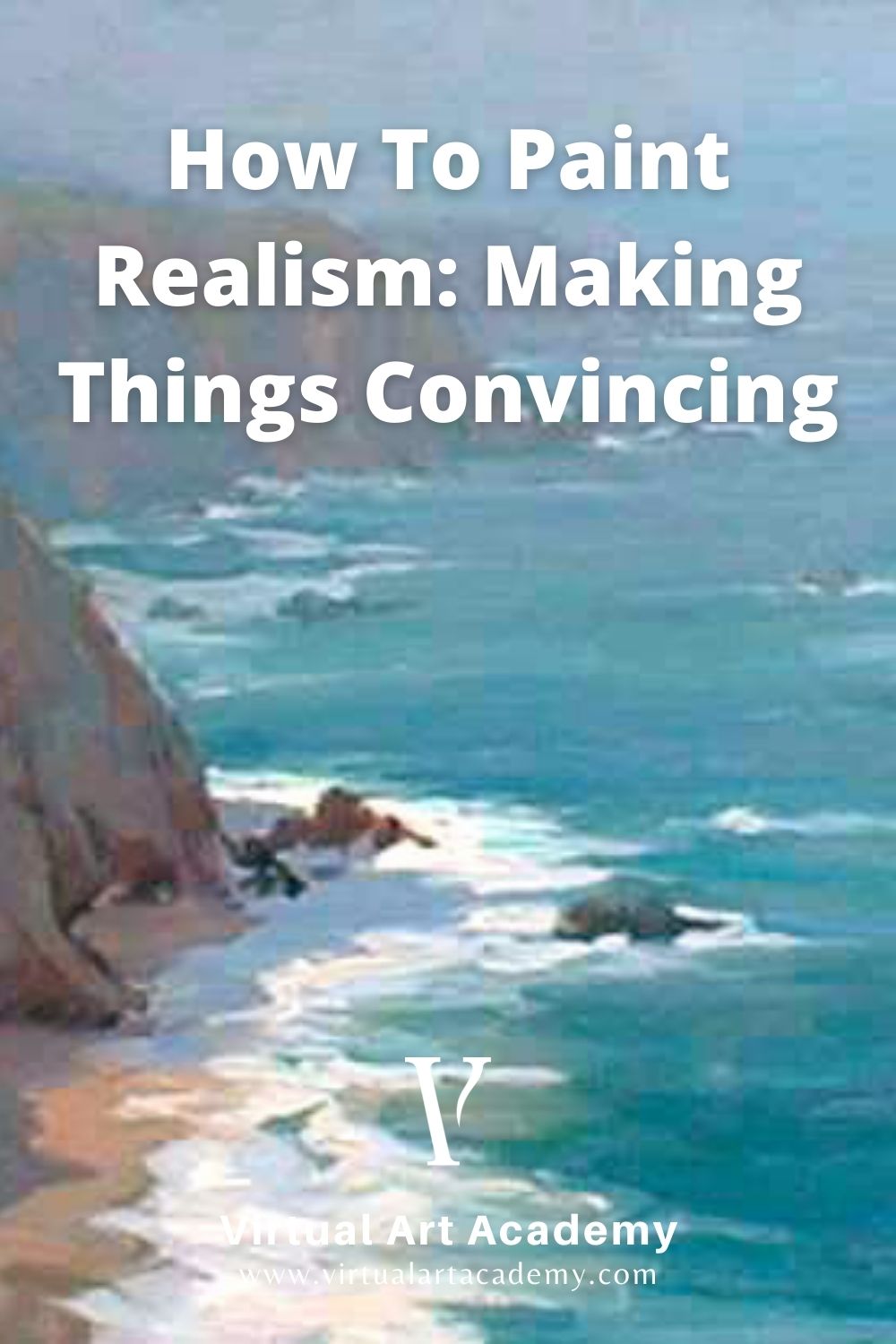
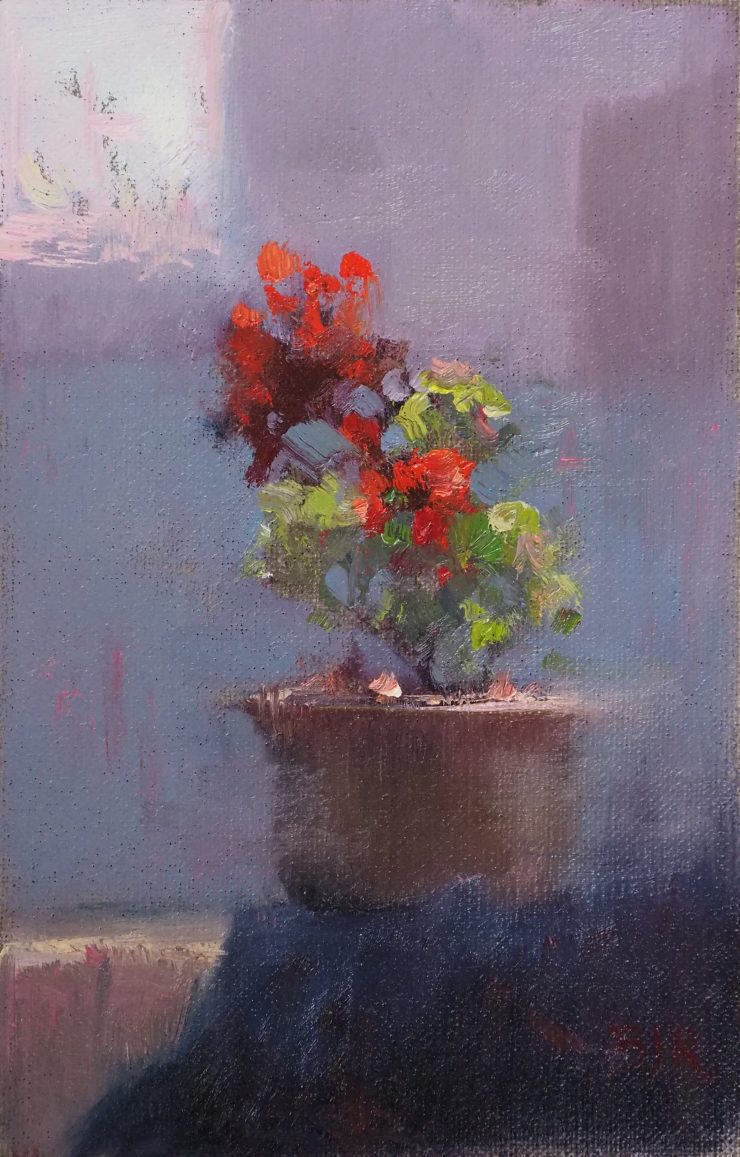








Add comment